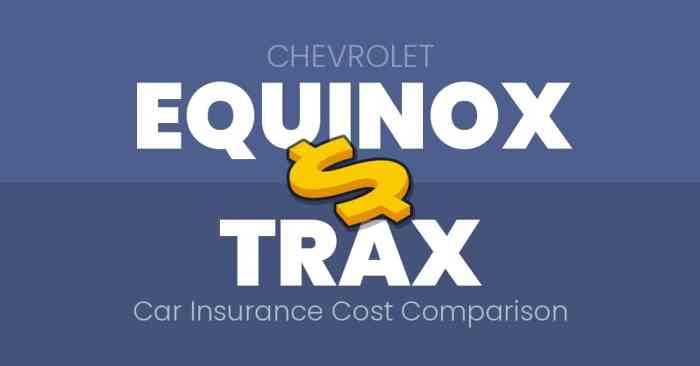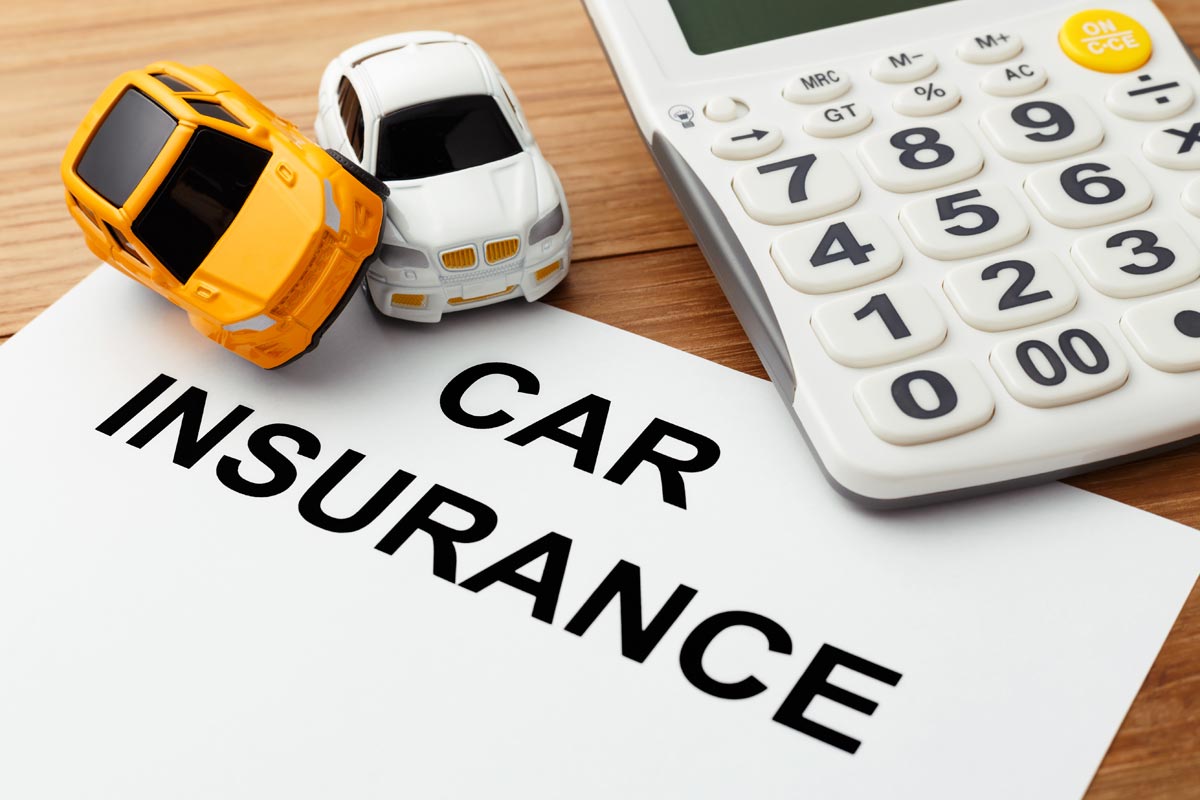Navigating the complexities of auto insurance can be a daunting task. For those seeking the security of Allied Gap Insurance, understanding how to access their customer service is paramount. This guide delves into the intricacies of locating the Allied Gap Insurance phone number, exploring efficient contact methods, and providing insights into optimizing your interaction with their representatives. We’ll dissect the claims process, address common coverage questions, and offer solutions to potential communication hurdles. From understanding the specific coverage offered by Allied Gap Insurance to effectively utilizing alternative contact methods, we aim to empower you with the knowledge to confidently manage your policy and resolve any issues that may arise. This comprehensive guide serves as your roadmap to a smoother, more informed experience with Allied Gap Insurance. Understanding Allied Gap Insurance Allied Gap Insurance is a supplemental insurance product designed to bridge the gap between the actual cash value (ACV) of a vehicle and the amount still owed on its loan or lease after a total loss or theft. Unlike standard auto insurance, which typically only covers the depreciated value of a vehicle, gap insurance compensates for the difference, protecting consumers from potential financial hardship.Allied Gap Insurance, offered by various providers (including, but not limited to, those associated with Allied), typically covers the difference between the amount owed on the vehicle loan and the vehicle’s ACV following a total loss or theft. This coverage is especially valuable in situations where the vehicle depreciates quickly, as is common in the first few years of ownership. The policy usually pays off the remaining loan balance, eliminating the financial burden of owing more on the vehicle than it’s worth. Coverage Offered by Allied Gap Insurance Allied Gap Insurance policies generally cover the difference between the vehicle’s ACV and the outstanding loan or lease balance in the event of a total loss or theft. This means the insurer will pay the lender the remaining amount owed, even if that amount exceeds the vehicle’s depreciated value. Specific coverage details can vary depending on the policy and the insurer, so it’s crucial to review the policy documents carefully. Some policies may also include additional features such as rental car reimbursement during the claims process. Situations Where Gap Insurance Is Most Beneficial Gap insurance proves most beneficial in scenarios where a vehicle’s value depreciates significantly before the loan is fully repaid. This is particularly true for new vehicles, which can lose a substantial portion of their value in the first few years. For example, a consumer who finances a new car for 60 months might find that the vehicle’s value has dropped considerably after a couple of years, potentially leaving them owing more than the car is worth in the event of an accident or theft. In such cases, gap insurance would step in to cover the shortfall, preventing the consumer from being financially responsible for the difference. Another scenario is a leased vehicle that’s totaled. Lease gap insurance would cover excess wear and tear charges, in addition to the remaining lease payments. The rapid depreciation of vehicles, especially in the first few years, makes gap insurance a valuable tool for managing financial risk associated with vehicle ownership. Locating the Allied Gap Insurance Phone Number Securing the correct contact information for Allied Gap Insurance is crucial for policyholders needing assistance or clarification. While a dedicated phone number isn’t always prominently displayed, several online strategies can effectively locate the official contact details. This guide Artikels the most efficient methods for finding the Allied Gap Insurance phone number and alternative communication channels.Finding the Allied Gap Insurance phone number requires a systematic approach leveraging their official website and other reputable online sources. The number may not be immediately visible on the homepage; a thorough search is often necessary. Website Navigation for Contact Information The Allied Gap Insurance website is the primary resource for locating their contact details. The phone number is likely situated within a dedicated ”Contact Us,” ”Customer Service,” or ”Support” section. These sections are commonly found in the website’s main navigation menu, usually located at the top or bottom of each page. Alternatively, a search function (often a magnifying glass icon) within the website can be used to search for terms such as ”phone number,” ”contact,” or ”customer service.” If a dedicated phone number is unavailable, the website might offer an email address or a contact form for inquiries. Alternative Contact Methods If a direct phone number proves elusive on the Allied Gap Insurance website, several alternative contact methods may be available. These could include an online contact form, allowing policyholders to submit detailed inquiries; an email address, providing a written channel of communication; or a live chat feature, offering instant communication with a customer service representative. These alternative methods often provide a similar level of support to a phone call and can be equally effective in resolving issues or answering questions. The specific contact methods offered by Allied Gap Insurance will vary and are best identified through careful exploration of their official website. Customer Service Experience Allied Gap Insurance’s customer service is a critical component of its overall offering. A positive experience can solidify customer loyalty, while a negative one can lead to significant reputational damage and loss of business. This section analyzes both positive and negative hypothetical scenarios to illustrate the impact of customer service on Allied’s brand perception. Positive Customer Service Interaction Imagine Sarah, a recent car accident victim, needing to file a claim with Allied Gap Insurance. After a stressful experience with her collision, she calls Allied’s customer service line. She is greeted promptly by a friendly and empathetic representative, Mark. Mark guides Sarah through the claims process with clear, concise explanations, answering all her questions patiently and thoroughly. He proactively provides updates on her claim’s progress, alleviating her anxieties. The entire process, from initial contact to claim resolution, takes only a few days, leaving Sarah feeling valued and supported during a difficult time. This positive experience fosters trust in Allied and increases the likelihood of Sarah recommending the company to others. Negative Customer Service Interaction and Improvement Strategies Conversely, consider John’s experience. After his vehicle was totaled, John attempts to file a claim. He spends an excessive amount of time on hold, only to be transferred multiple times before reaching a representative. The representative is unhelpful, provides conflicting information, and fails to follow up on promised updates. John’s frustration grows, and he feels ignored and undervalued. This negative experience damages his perception of Allied, potentially leading to negative online reviews and a loss of future business. To improve this scenario, Allied could implement several strategies. These include investing in advanced call routing systems to reduce wait times, providing comprehensive training to customer service representatives on claim procedures and empathy techniques, and implementing a robust follow-up system to ensure timely communication with customers. Implementing a customer satisfaction survey could also provide valuable feedback for continuous improvement. Responsiveness of Different Contact Methods Allied’s responsiveness varies across different contact methods. Phone calls generally offer the quickest resolution for urgent issues, enabling immediate interaction with a representative. However, long wait times can be a significant drawback. Email inquiries may take longer to process but provide a written record of the communication. Online chat, if available, offers a convenient alternative, providing real-time support while potentially offering faster response times than email. The optimal approach involves leveraging the strengths of each method, offering multiple channels and ensuring consistent responsiveness across all platforms. For example, an automated email acknowledging receipt of an email inquiry within 24 hours can significantly improve customer perception of responsiveness, even if a full response requires more time. Policy Information and Access Allied Gap Insurance policyholders can access vital policy details efficiently by contacting the dedicated customer service phone number. This direct line provides a convenient method for obtaining crucial information and managing policy-related matters promptly. The phone number serves as a primary access point for navigating various policy aspects.Policy information accessible via phone includes policy number verification, coverage details (such as the covered vehicle’s make, model, and year; the policy’s effective dates; and the extent of gap coverage), premium payment history, and claim status updates. Agents can also clarify policy terms and conditions, address billing inquiries, and provide guidance on policy modifications or cancellations. Furthermore, the phone line facilitates efficient reporting of claims, as detailed below. Accessing Policy Details via Phone Contacting Allied Gap Insurance’s customer service line initiates the process of accessing policy information. Providing the policyholder’s name, date of birth, and the last four digits of their social security number (or other relevant identifying information as requested) allows agents to quickly locate and verify the policy. Once verified, the agent can then relay the requested policy information. This streamlined process prioritizes security while ensuring efficient access to needed details. Reporting a Claim via Phone Reporting a claim via phone involves a structured process designed to gather all necessary information efficiently. First, the policyholder should contact the designated customer service number. Following verification of their identity and policy, they will be guided through a series of questions to document the specifics of the incident, including the date, time, and location of the incident; a description of the damage; and the details of any involved parties and law enforcement involvement. The agent will then provide guidance on the next steps, which may include submitting supporting documentation such as police reports and repair estimates. This prompt and organized reporting procedure aims to expedite the claims process and ensure a smoother experience for the policyholder. Claims Process via Phone Initiating a gap insurance claim with Allied via phone involves a straightforward process, though careful preparation is crucial for efficiency. The provided phone number connects you directly to a claims specialist who will guide you through the necessary steps. Successful claim filing hinges on accurate information and readily available documentation.Filing a claim over the phone begins with contacting Allied Gap Insurance using their designated claims line. The representative will verify your identity and policy details. They will then guide you through a structured questionnaire designed to gather all the necessary information pertaining to the incident that led to the claim. This includes the date, time, and location of the incident, as well as a detailed description of the events leading to the vehicle’s damage or loss. The representative will also request specific documentation to support your claim. Required Documentation for Phone Claims Providing the correct documentation promptly is vital for a smooth claims process. Missing information can cause delays. Allied typically requires the following: Policy Number: This unique identifier is essential for accessing your policy information. Vehicle Identification Number (VIN): This number uniquely identifies your vehicle. … Read more



